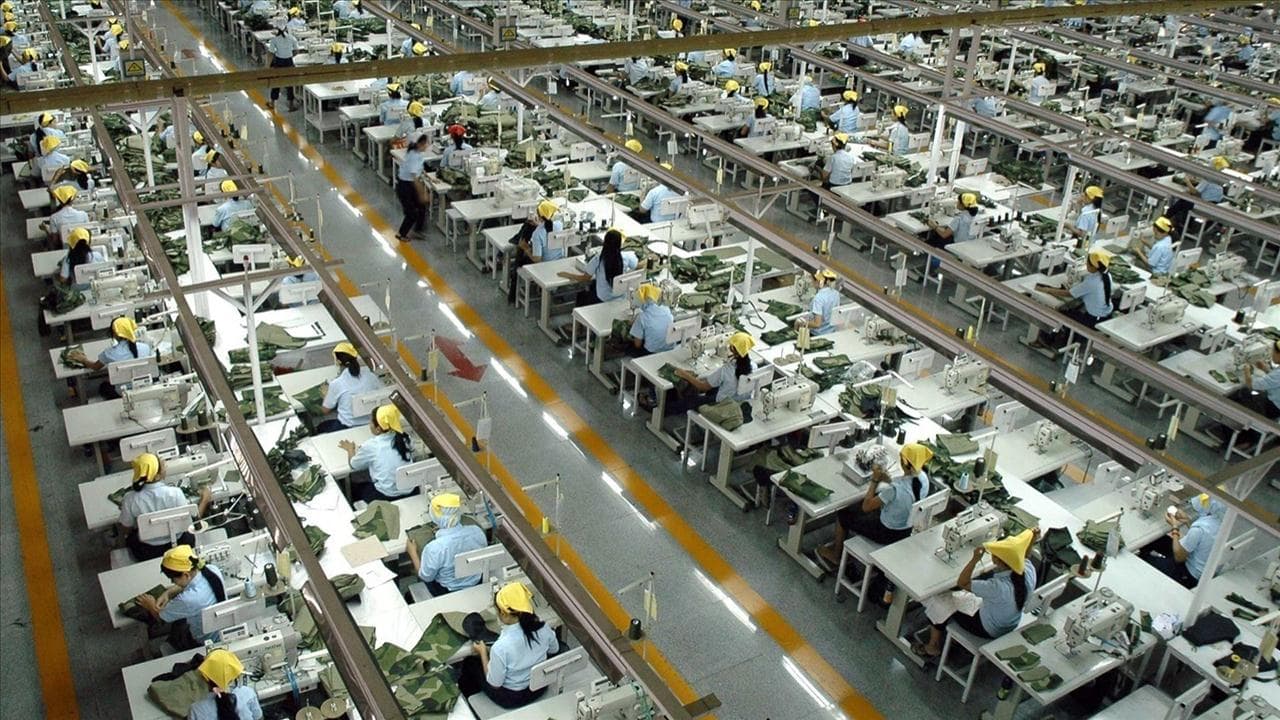Is now the time to leave China?
Tomas Berntsson

Relocating Production from China to Western-Aligned Asian Countries: A Strategic Consideration
In recent years, relations between China and the Western world have grown increasingly strained. Security developments have led to China and the West, led by the USA, positioning themselves on opposing sides in an escalating trade war. This situation is not merely a temporary conflict but rather an indication of a long-term shift in global power balances and spheres of interest. For businesses, this means increased risks of trade barriers, tariffs, and other restrictions that can affect both costs and access to markets.
Advantages of Moving to Western-Aligned Countries in Asia
Political Stability and Security: Countries like Vietnam, Thailand, and Malaysia offer a more stable and Western-friendly political environment compared to China. This can reduce the risks of politically motivated disruptions in supply chains.
Cost-Effectiveness: Although China has traditionally been a bastion for cost-effective manufacturing, other Asian countries are beginning to offer competitive pricing with lower labor costs and favorable tax breaks for foreign investors.
Closer to Western Markets: By moving production to countries that are geographically or culturally closer to the West, companies can also improve logistics and reduce delivery times to their main markets in Europe and North America.
Flexibility and Speed in Production: Small to medium-sized enterprises in these Asian countries tend to be more flexible and can adjust more quickly to changes in market demand and specifications.
Strategic Considerations
For companies considering relocating their production, it is crucial to thoroughly analyze both the economic and political risks associated with each country. Building a diversified supply chain may be key to minimizing future risks and ensuring stability.
Summary
The shift from China to other Asian countries with Western-aligned relations is not just about avoiding the immediate consequences of a trade war. It is a long-term strategic adjustment that can provide companies with better protection against future geopolitical fluctuations and economic storms. Given the growing tensions between China and the West, it is likely that we have only seen the beginning of a deeper global restructuring of the production landscape.